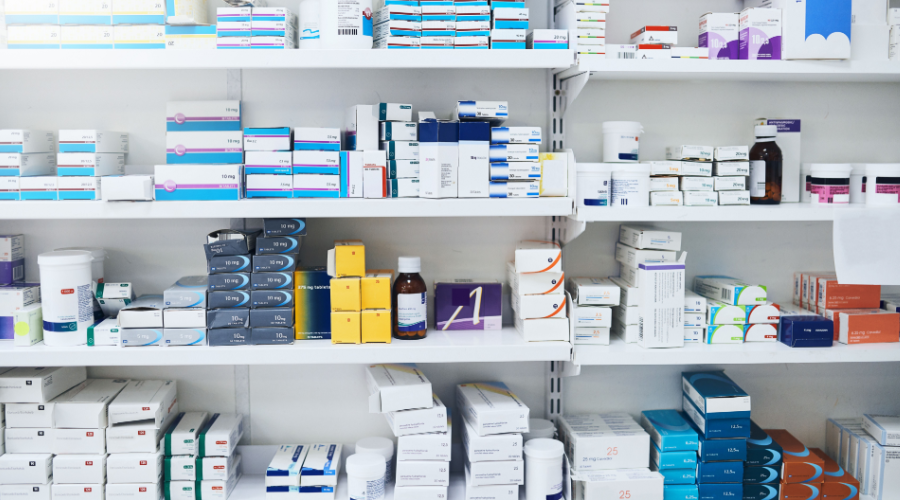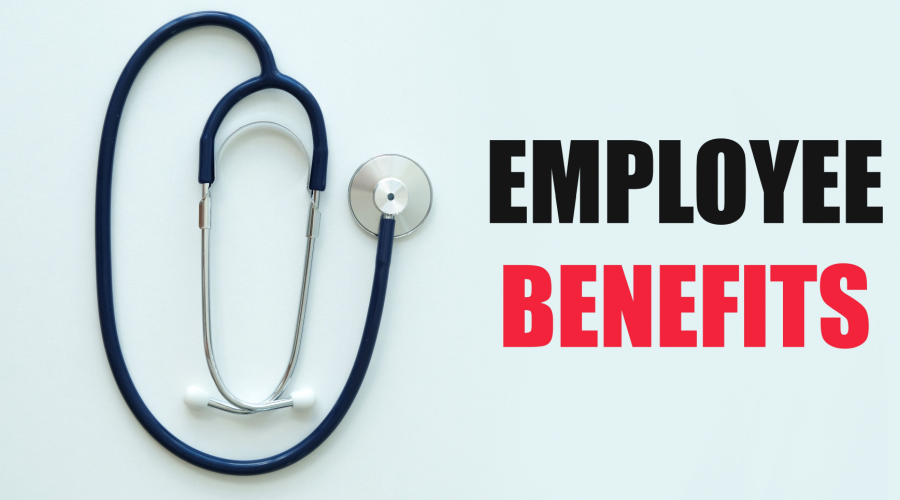As health care evolves and the role of the pharmacist expands, establishing good relationships with your local physicians is more important than ever.
Health care reimbursement is changing, and the entire system is shifting toward quality—not quantity—based payments. The Centers for Medicare & Medicaid Services use the Five-Star Quality Rating system to hold health plans and providers accountable for quality. Many measures are specifically related to pharmacies, including metrics for medication adherence, medication safety and, starting in 2016, medication therapy management.
Many of these measures are dependent on your ability to successfully work with physicians to improve patient outcomes. If a patient doesn’t adhere to his or her medications due to negative side effects, for example, then you can work with his or her physician to find a suitable alternative—and improve your pharmacy’s performance on adherence measures. But if a physician doesn’t want to collaborate, then your pharmacy’s performance could suffer.
Don’t let poor relationships with local physicians hurt your pharmacy’s performance on quality metrics. Here are six tips to improve your relationships with physicians—and boost your Star Ratings.
1. Introduce yourself in-person
A good relationship begins with a face-to-face introduction. By reaching out to physicians in-person, you’ll establish the foundation for a relationship built on mutual trust and respect. Stop by their office to say hello, or invite them for a quick coffee to get to know each other.
2. Educate
Many physicians might not be aware of the services your pharmacy offers. Educate them on how your pharmacy’s services and products can help patients, and why they should send patients to you.
Also, be sure to let them know when you add a new service, like free delivery, or when you start selling new products, like diabetic shoes. They’ll appreciate the update and know to send patients your way.
3. Serve as a resource
When introducing yourself to local physicians, explain how you can be a resource for them and their patients. As an independent community pharmacist, you’re an important member of a patient’s health care team. Emphasize that you’re available to help when they have questions about medications, and that you’re dedicated to working with them to improve patients’ health.
4. Find out their preferences
Ask your local physicians how they prefer to be contacted. Some might want you to call them when there’s an issue, while others might just prefer to receive a note by fax. Just by making the effort to contact physicians the way they prefer, you’ll make communicating easier and faster.
5. Be clear and complete
Don’t beat around the bush. When communicating with physicians, be clear about your purpose for contacting them, why it’s important and what you need from them. Offer a recommendation for the physician to accept or reject if you spot an issue with a prescription, or offer information that could help them make better prescribing decisions.
6. Be professional
Treat physicians with respect, and don’t say anything that might negatively influence a patient’s opinion of them. Handle issues like prescribing errors in a professional way, and hopefully they’ll do the same if there’s ever an issue on your end.
A strong relationship with physicians is essential for getting to new patients, boosting your Star Ratings and providing the best possible patient care. Don’t neglect your local physicians—reach out today.











